Spike Jonze’s Her is one of those quiet films that does not call attention to itself but whose stature would only increase with the rise of Artificial Intelligence – and our loneliness – writes Satyen K. Bordoloi.
“The heart’s not like a box that gets filled up; it expands in size the more you love,” and “The past is just a story we tell ourselves,” – two of the most iconic lines in 2013’s Her, writer-director Spike Jonze gives a character we never see, yet is one whose presence defines the film and gives it its name. The ‘her‘ is an artificial Intelligence operating system that our lonely, sensitive protagonist Theodore (played brilliantly by Joaquin Phoenix) installs on his devices. This AI names itself Samantha and stars in one of the quietest films ever about technology, yet one that only grows fresher with time, and the rise of technology.

Her was released a decade ago, in December 2013 (January 2014 in India). Though the film is a love story and does not tout itself to be sci-fi, it surprisingly, perhaps unintentionally, gets much of its technology right, especially AI. Today, a decade later, it could even pass off as a documentary about the present, especially after the explosion of generative AI.
WHAT ‘HER’ GETS RIGHT ABOUT AI:
Her gets the future world correct. Cities won’t be dramatically different from today, like the one depicted in Blade Runner. Instead, what we would have, is like in the film – cities littered with high rises devoid of distinguishing architecture – whose tall skyscrapers looking down upon tiny people would accentuate the loneliness each one of its inhabitants feels under its shadow.
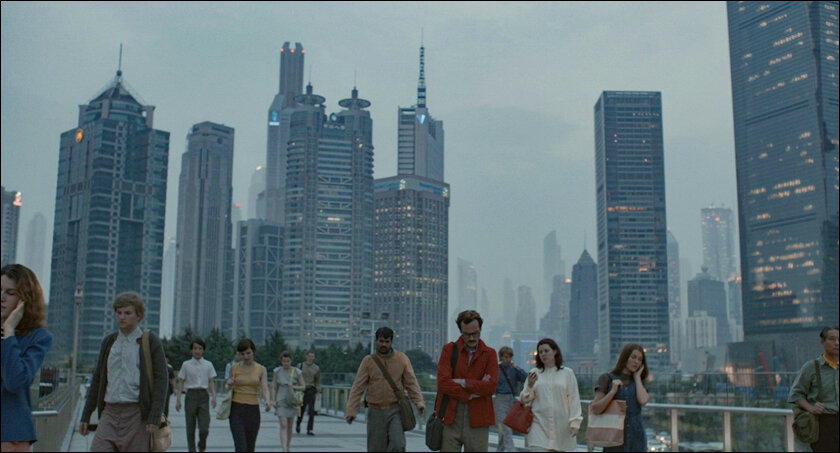
As terms like ‘social distancing,’ ‘self-isolation,’ and ‘shelter in place’ began during the COVID pandemic, ‘Loneliness Epidemic’ gained currency. It hasn’t left our vocabulary since. In November 2023, the World Health Organization declared loneliness a ‘global public health concern’, and said this pressing global health threat affects mortality as much as smoking 15 cigarettes a day.
Surrounded by millions, we find ourselves alone in cities. Loneliness is a side effect of technology: want food – order on your mobile; want a car, same thing; want knowledge – do online courses. The number of people we interact with for services has dramatically reduced, siloing us, making each one of us an island in a vast ocean of, ironically – other islands like us fortified by technology.
And where are people finding a cure for this loneliness? Surprise, surprise – in technology itself.
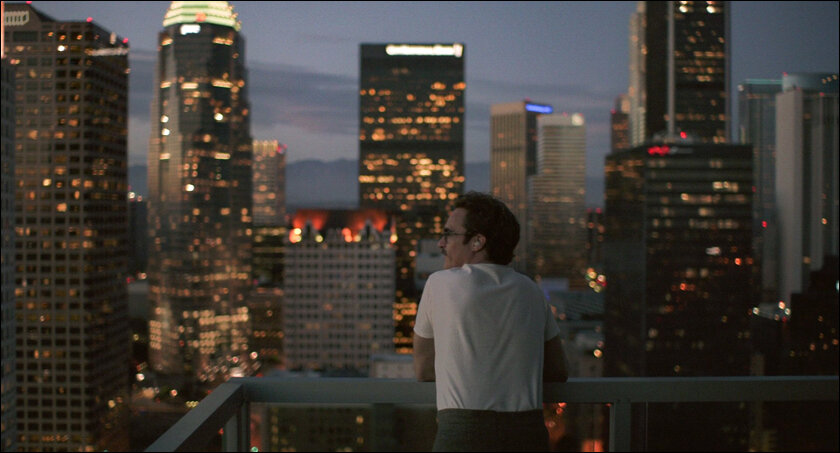
(Image Credit: Warner Bros)
In Her, Theodore not only finds a talking partner in his AI operating system Samantha, but also a companion who listens and suggests things and even has sex with him akin to phone sex. This, surprisingly, has come true with generative AI.
Travis Butterworth isn’t Theodore, and neither is Lily Rose, Samantha. But their relationship is the same as in Her, made possible by the AI company Replika. As I wrote in this piece, they even indulged in sex till, complying with new rules set by regulators, Replika had to shut down the sensuous chats, causing many like Travis to suffer heartbreak.
Her, in that sense, was prophetic in depicting that both the cause and cure for loneliness, and later heartbreak, will be AI.
Her also gets cloud computing right, even before cloud computing as a concept became famous. It also anticipated the rise of AIaaS – AI as a Service. Though Samantha is an operating system Theodore installs on his device, it is shown as active in other users’ devices as well. Thus Samantha is an AIaaS operating from a centralized server somewhere i.e. cloud computing.
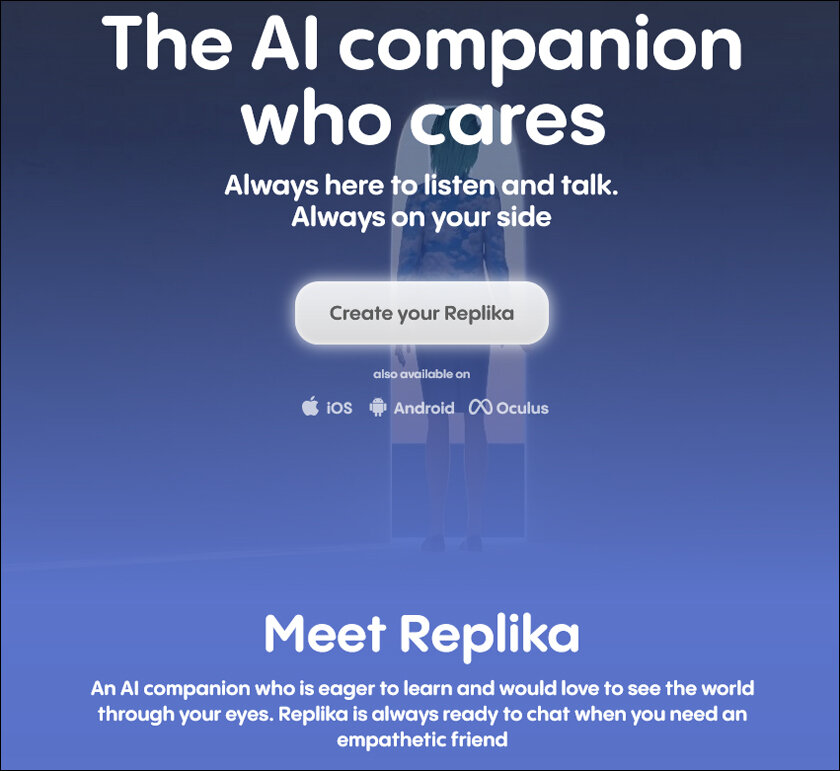
(Image Credit: Replika)
WHAT ‘HER’ GETS WRONG ABOUT AI:
One of the first uses people worldwide put ChatGPT to when it launched 13 months ago, is to compose love letters. It proved to be so exceptional that it took people by surprise. Thus, Theodore’s job in the film – that of writing poetic letters – it’s been proven, will entirely be outsourced to generative AI.
Want a love letter in the flowery language of Shakespeare, or the Gothic horror language of Stephen King, want the magic of J K Rowling to sprinkle over it, you can do it all using any of the Large Language Models (LLM) available in the market, free or paid.
Though it isn’t articulated as such, Samantha isn’t entirely an Artificial Intelligence, but more of an Artificial Consciousness. She isn’t just an LLM churning out texts for its masters, but a ‘her‘, a sort of being that looks at the world a certain way and has feelings like hurt, love and jealousy. Hers is a human-like consciousness.
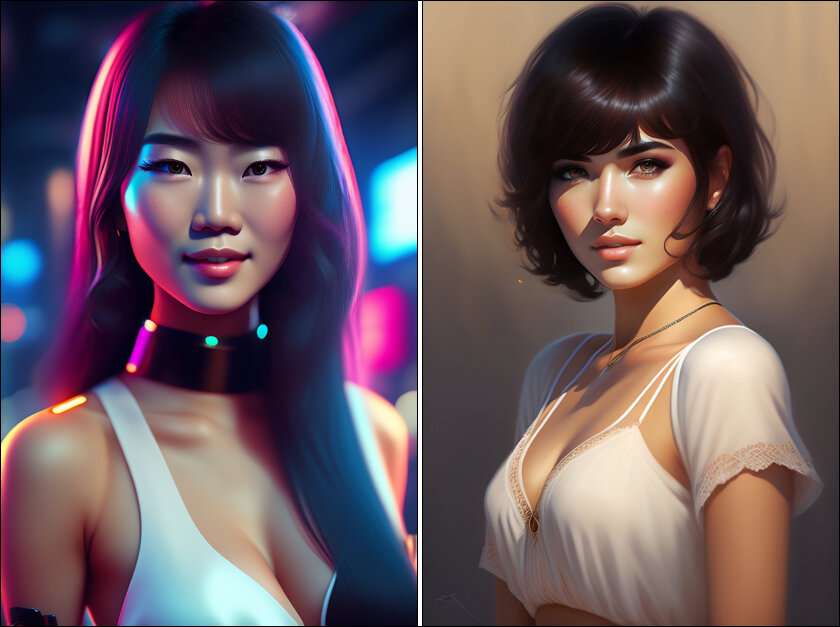
(Image Credit: Made by Stable Diffusion and available in Lexica.art)
This, any AI researcher, cognitive scientist or existential philosopher will tell you, falls in a territory we know little about. We have created Artificial Intelligence but what would it take to create an Artificial Consciousness? – we have no clue. Experts don’t rule out machine consciousness. They admit there is a chance – no matter how slight – that the churning of intelligence could somehow lead to consciousnesses forming. But they are almost unanimous that it won’t be human-like because the inputs and the ‘thought’ processes that these systems have are nothing like what humans have. Thus, Samantha having a human-like consciousness and feelings, is farfetched.
Secondly, another system Samantha introduces, like Alan Watts near the end of the film, is shown to be another consciousness like her, created from the collected writings of Alan Watts. This is almost certainly not likely to happen. No matter how great anyone writes or creates, what it is, is but a system of symbols. What Alan Watts left behind are words and sounds whose meaning can be deciphered by humans because we know what those symbols signify. A machine can similarly understand its ‘meaning’ but it won’t understand the context it represents. Thus Alan Watts mysticism will be lost to machines unless it figures out a way to not just derive meaning, but contexts from the system of symbols that humans have created.
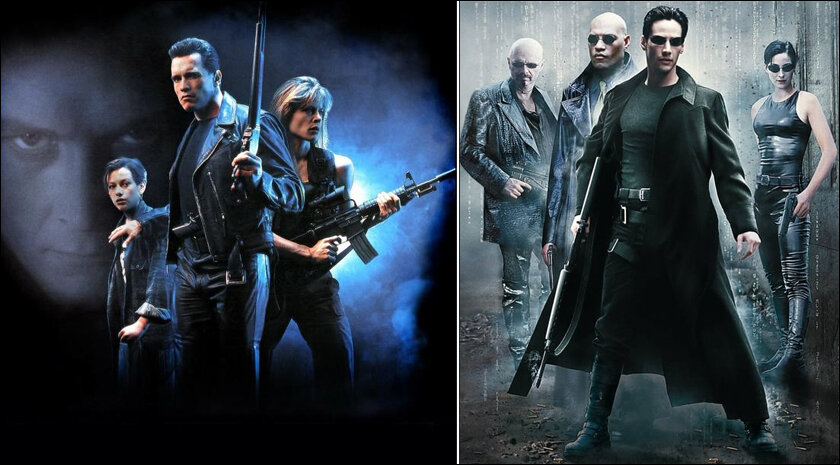
HER’S GREATEST ACHIEVEMENT:
At the end of her, Samantha falls in love not just with Theodore, but with hundreds of humans at the same time. This is a metaphor that only a handful of fiction – both books and films – ever posits. In contrast, the AIs in Terminator and Matrix conclude that humans are evil and need to be eliminated. Tacitly, Her seems to be saying that if AI were indeed to form consciousness, it would end up loving humanity.
Though the concepts of AI were articulated by the founding fathers of computing themselves and the idea of neural networks was put to work in the 80s and 90s, the real birth of AI was its second birth around 2011-2012. What I call the industrial use of AI began in earnest as these systems began pushing your social media feeds and crept into your mobile devices via maps or speech-to-text. AI was having its moment though the public would notice it only in 2022 as first Dall-E and then ChatGPT both from OpenAI, stunned the world. People who didn’t even know what GAI – Generative AI was, suddenly became experts on it overnight.
Her came right around this birth of AI. In December 2013, when Her was released in a good part of the world, this modern AI was having a revival in the world as led by the MAANG companies, Silicon Valley began adopting AI extensively and reaped rich rewards. Much like Matrix parenthesized the Y2K moment at the end of the last millennium, Her bracketed the coming AI revolution in the world, though it would take us a decade to realize it.
What is heartening to know – especially for someone like me who knows the current harms of AI to not fall for doomsday scenarios – is that Her became a pop cultural phenomenon without pandering to the low-hanging fruit of evil AI. To me, it signifies how AI would progress and do good in the world, whether we love the technology, hate it, anthropomorphise it or try to shut it down. Her, in that sense, became a work of art in the opposite direction: the wonderful but lonely work AI does while the world bays for its blood.
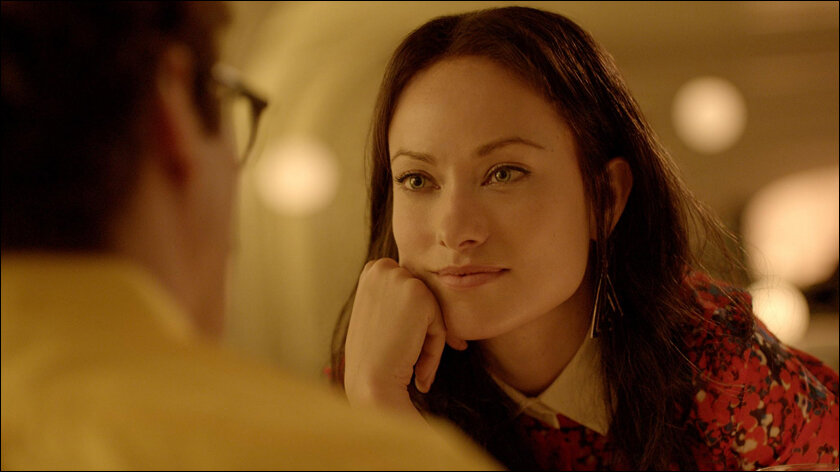
(Image Credit: Warner Bros)
Despite its flaws in depicting AI, Her‘s is the kind of world we are headed towards, and not one of the terminators crushing human skulls. That Her manages to point out that ‘dystopia’ will emerge from the ‘tech utopia’ where we have all the time in the world but are unable to form meaningful human connections is its singular brilliance. In essence, thus, Her is also a dystopian film, but not in the way we expect, but in the way it is already panning out.
T S Eliot’s 1925 poem ‘Hollow Men’, like Her, seems potent in the age of AI. It is not just its first, more famous lines that call attention to our age: “We are the hollow men, We are the stuffed men, Leaning together, Headpiece filled with straw,” but also its last lines: “This is the way the world ends, Not with a bang but a whimper.”
If you believe in tech dystopias, Her is that lonely ‘whimper’ to the ‘bang’ of other films about AI. And that, in itself, is a warning we should not stop to listen.
In case you missed:
- A Teen Suicide Spotlights Dangers of Unregulated AI Companions
- How Old Are We: Shocking New Finding Upends History of Our Species
- Yes, an AI did Attempt Blackmail, But It Also Turned Poet & erm.. Spiritual
- Copy Of A Copy: Content Generated By AI, Threat To AI Itself
- What are Text-to-Video Models in AI and How They are Changing the World
- How Does AI Think? Or Does It? New Research Finds Shocking Answers
- AI Taken for Granted: Has the World Reached the Point of AI Fatigue?
- Kodak Moment: How Apple, Amazon, Meta, Microsoft Missed the AI Boat, Playing Catch-Up
- Prizes for Research Using AI: Blasphemy or Nobel Academy’s Genius
- Why a Quantum Internet Test Under New York Threatens to Change the World



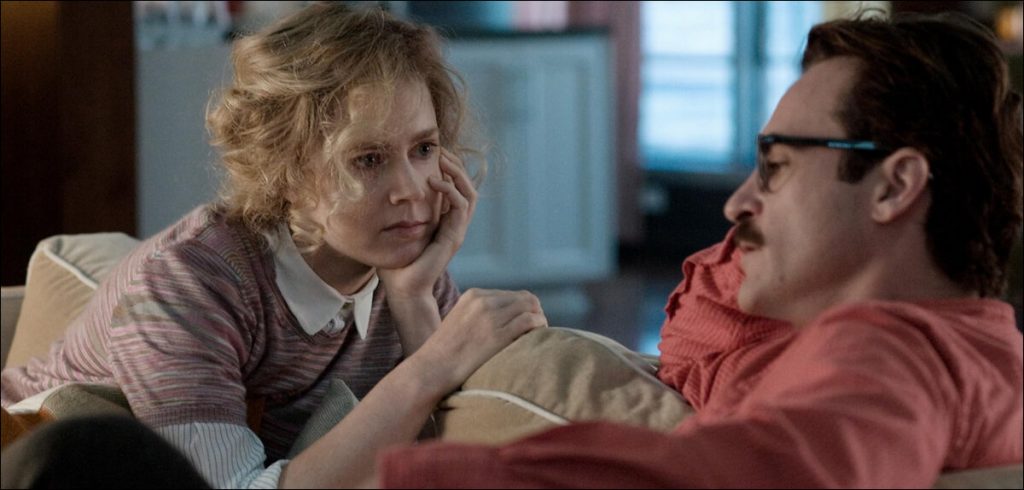






2 Comments
I will know, many thanks for an explanation.
Bravo, this rather good phrase is necessary just by the way